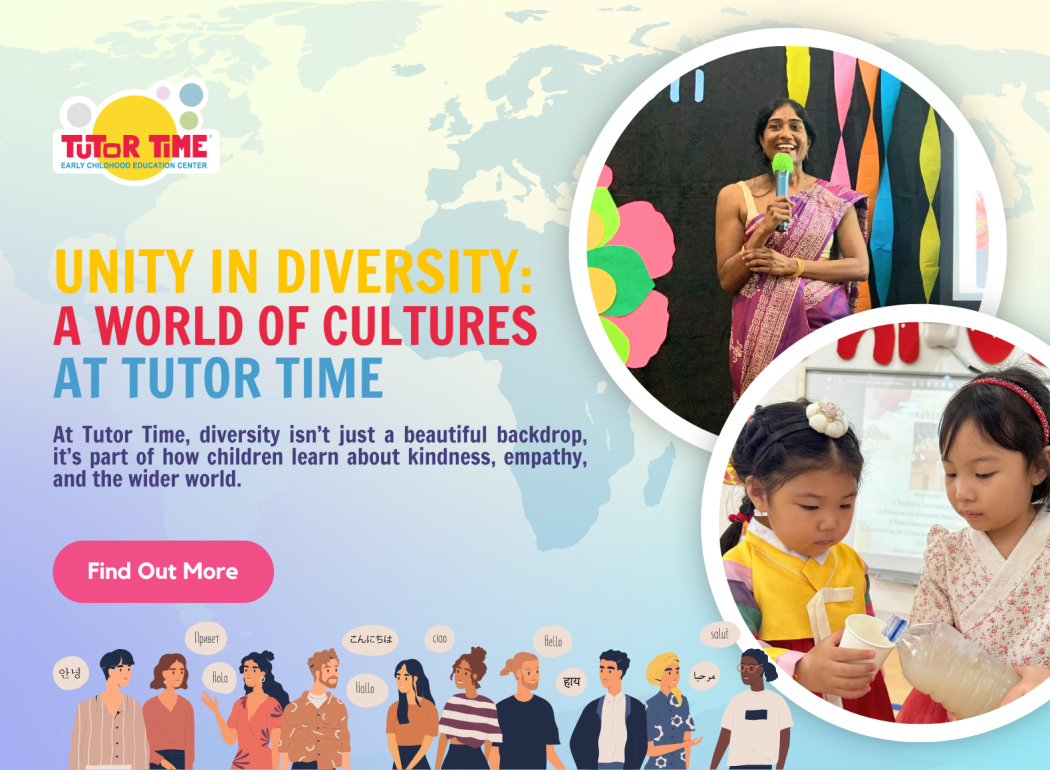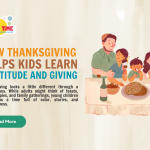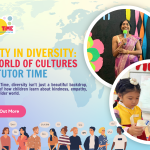Walk into any Tutor Time classroom, and you’ll hear a joyful mix of languages, laughter, and accents from around the world. From Indonesia to Italy, India to Japan, our students bring their cultures, stories, and traditions into a shared learning space where everyone belongs.
At Tutor Time, diversity isn’t just a beautiful backdrop, it’s part of how children learn about kindness, empathy, and the wider world. Every day, they see that being different is something to celebrate, and that unity grows naturally when we understand one another.
A Global Family Under One Roof
Each of our centers beautifully reflects what it means to be part of a truly global community. At Tutor Time Pondok Indah for example, within a single classroom, you might find friends from Korea, Italy, Africa, India, Japan, and Indonesia. They are all learning side by side, sharing stories, and discovering the joy of growing up in a diverse community.
This diversity makes the classroom a richer place. Children naturally exchange greetings in different languages, share snacks from their cultures, and discover that every family’s story adds something new to their world. Teachers nurture this by encouraging curiosity and respect, whether through books that reflect many cultures or open discussions that let children ask questions freely.
Learning Through Cultural Celebrations
Throughout the school year, our calendar lights up with celebrations from around the world. Whether it’s Diwali, the festival of lights, Chuseok, the Korean harvest festival, or Indonesia’s Independence Day, each moment becomes an opportunity to learn through joy.
These events go beyond costumes and decorations. Children explore traditions through storytelling, crafts, food-tasting, songs, and games. These activities invite them to see how other cultures express gratitude, family, and love.
During Chuseok, children and teachers arrived dressed in hanbok, traditional Korean attire. Together, they played traditional Korean games, drank sikhye (a sweet rice drink), and even tried writing their names in Hangul. The excitement on their faces says it all!
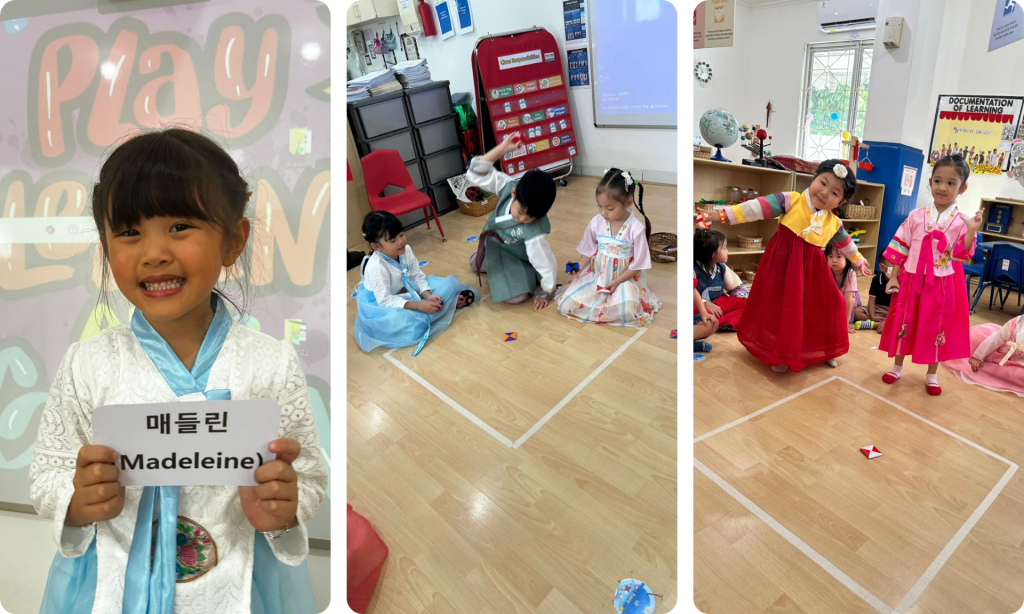
Parents as Cultural Partners
Our community of parents plays a big role in making these experiences meaningful. Families often join the celebrations by sharing stories, traditional foods, or even teaching simple dances and greetings from their home countries.
We invited parents to share their culture, whether by explaining the meaning behind Holi, showing how to wear a saree, or teaching a few words in their native language, children see that learning extends beyond teachers and textbooks. It becomes something living and shared.
These collaborations strengthen the bond between home and school, turning cultural learning into a family experience. The children not only discover new traditions but also learn to take pride in their own.
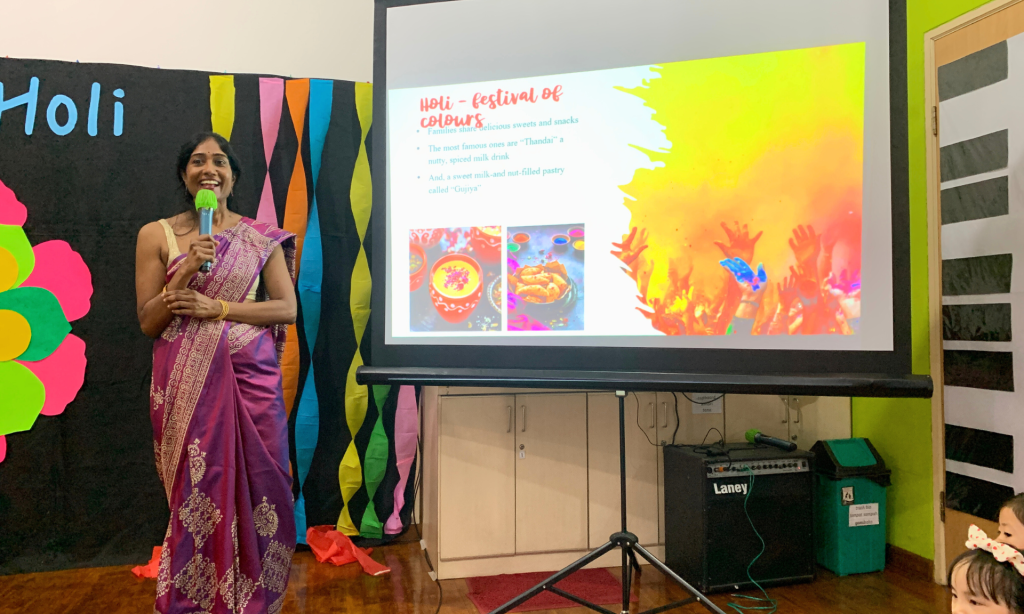
Values Beyond the Festivities
What begins as a celebration often becomes a lifelong lesson. When children learn about others’ traditions, they practice empathy, respect, and open-mindedness, essential life skills that shape their character far beyond preschool.
Through these shared experiences, they discover that diversity isn’t something to tolerate; it’s something to treasure. That understanding builds confidence, compassion, and a sense of belonging — all part of our approach to nurturing well-rounded, globally minded learners.
In every song sung in a new language, every shared festival, and every moment of curiosity, our students are learning the most important lesson of all…
That the world is brighter when we celebrate it together.
written by Shandy Lwieka,
Tutor Time Indonesia

